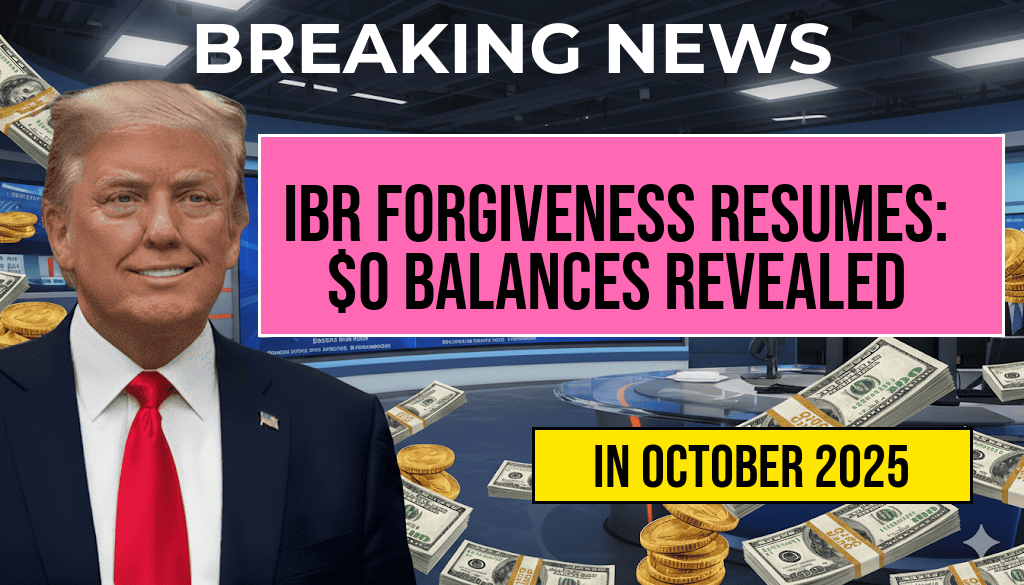The Internal Revenue Service (IRS) has announced a significant tax incentive for single filers in 2025, introducing a new $15,000 deduction that could result in savings exceeding $1,650, depending on individual tax rates. This deduction is part of a broader effort to adjust the tax code, aiming to provide financial relief and stimulate economic engagement among the nation’s singles. Tax experts are urging individuals to familiarize themselves with this change, as it could significantly impact their financial planning and tax liability. With the 2025 tax year approaching, many are encouraged to explore how this potential benefit might enhance their overall financial strategy.
Understanding the New $15,000 Deduction
The new deduction, specifically designed for single taxpayers, allows eligible individuals to reduce their taxable income by $15,000. This initiative is part of a larger package aimed at simplifying the tax process and making it more equitable. The deduction can be applied to various forms of income, providing a valuable cushion for those navigating financial challenges.
How the Deduction Works
To understand the impact of the $15,000 deduction, it is essential to consider how it interacts with the current tax brackets. Here’s a breakdown of the potential savings based on different income levels:
| Tax Rate | Taxable Income Before Deduction | Taxable Income After Deduction | Estimated Tax Savings |
|---|---|---|---|
| 10% | $30,000 | $15,000 | $1,500 |
| 12% | $40,000 | $25,000 | $1,800 |
| 22% | $60,000 | $45,000 | $3,300 |
As illustrated in the table, the savings can vary significantly based on the individual’s tax rate. For instance, a single filer with a taxable income of $40,000 could see tax savings of approximately $1,800, while someone earning $60,000 might benefit from savings upwards of $3,300.
Who Qualifies for the Deduction?
Eligibility for the $15,000 deduction primarily targets single taxpayers, including those who may be self-employed or have other sources of income. Specific criteria must be met, including filing status and income thresholds, which are yet to be fully outlined by the IRS. However, preliminary guidance suggests that most single filers will qualify, making this a widely accessible benefit.
Impact on Financial Planning
Tax advisors are recommending that individuals begin adjusting their financial strategies in anticipation of this deduction. With a potential increase in disposable income, singles may want to consider how to allocate their savings effectively, such as investing, paying down debt, or increasing retirement contributions.
- Investing: Utilizing the savings to invest in stocks, bonds, or mutual funds could provide long-term growth opportunities.
- Debt Reduction: Paying off high-interest debts can lead to significant savings in interest payments over time.
- Retirement Contributions: Increasing contributions to retirement accounts can enhance financial security for the future.
Staying Informed and Prepared
With the 2025 tax year approaching, it is crucial for singles to stay informed about changes to the tax code. Experts recommend regular consultations with tax professionals to ensure compliance and optimization of tax benefits. Resources such as the IRS website and financial advisory platforms can provide up-to-date information and personalized guidance.
For more detailed information on tax deductions and the implications of the upcoming changes, resources such as IRS.gov and Forbes Tax Deductions are valuable tools for taxpayers navigating this evolving landscape.
As the implementation of this deduction draws nearer, singles across the country are encouraged to assess how this new opportunity can positively influence their financial situations and planning strategies.
Frequently Asked Questions
What is the new IRS deduction for singles in 2025?
The new IRS deduction for singles in 2025 is set at $15,000, which could significantly reduce taxable income and provide substantial savings.
How much could this deduction potentially save singles?
This deduction could be worth over $1,650 for singles, depending on their tax rate and overall financial situation.
Are there specific requirements to qualify for the $15,000 deduction?
While specific requirements were not detailed in the announcement, it is important for individuals to stay informed about eligibility criteria as they may vary.
When will the $15,000 deduction become effective?
The $15,000 IRS deduction for singles will become effective in the year 2025, allowing taxpayers to plan accordingly for their finances.
How can singles prepare for the changes in 2025?
Singles can prepare for the changes by staying informed about tax laws and considering their financial strategies to maximize the benefits of the new deduction.






